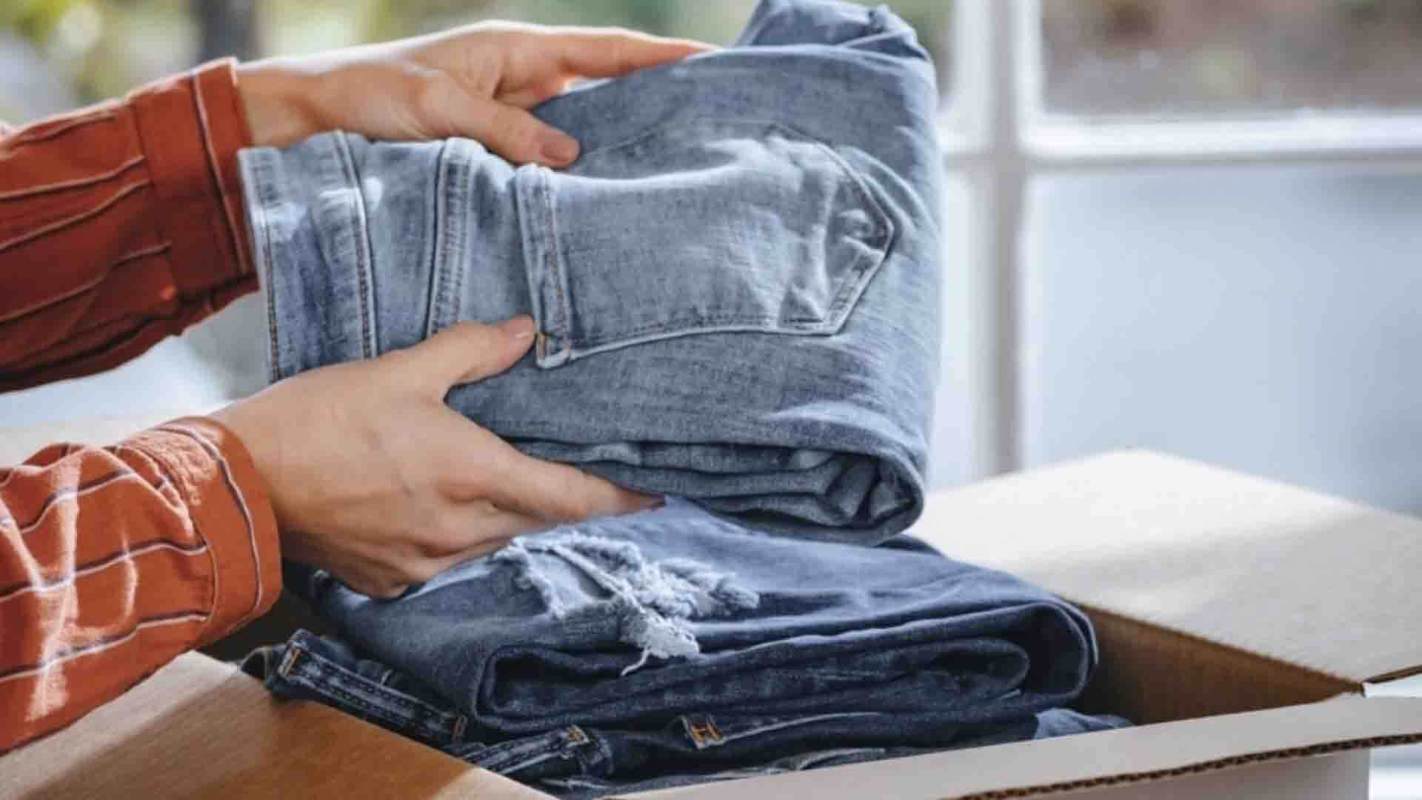It can be tough to find a new home for your old jeans, but nonprofit Cotton Incorporated has a simple solution.
Through its Blue Jeans Go Green program, you can mail in your old denim products for free, and they'll be recycled into new items and avoid the landfill.
How does denim recycling work?
Since denim is made from cotton, it can be repurposed into other cotton products. Through Cotton Incorporated's recycling program, denim owners can give away their unwanted jeans so they can be transformed into other useful products.
 Which of these factors would most effectively motivate you to recycle old clothes and electronics?
Which of these factors would most effectively motivate you to recycle old clothes and electronics?
 Giving me money back
Giving me money back 
 Letting me trade for new stuff
Letting me trade for new stuff 
 Making it as easy as possible
Making it as easy as possible 
 Keeping my stuff out of landfills
Keeping my stuff out of landfills 
 Click your choice to see results and speak your mind
Click your choice to see results and speak your mind
Here's how it works: All you need are a shipping box, access to a printer, and a nearby UPS store.
First, pack your used denim products into a cardboard box — the brand doesn't matter, and the denim can be ripped, tattered, embellished, or colored without affecting the process.
Next, print out a shipping label and attach it to your package.
The last step is simply dropping off the box at the nearest UPS store. Zappos for Good is covering the shipping costs, so you don't have to pay to participate.
Alternatively, you can also drop off your old jeans at participating corporate partners, including stores like American Eagle and Ariat Brand Shops, which will even give you a discount on your next jeans purchase.
But you may be wondering — what do these old jeans become? The cotton is reconfigured into new products, including insulation material for construction and thermal insulation for food delivery services, as well as linings for pet beds. Many of these new products are themselves recyclable, so you can return the insulation to the sender for repeated use.
Why is denim recycling important?
The world faces enormous waste in the textile industry, so any effort to divert old clothes from landfills helps reduce waste and pollution.
TCD Picks » Upway Spotlight

So far, the program has prevented over 2,100 tons, or 42,000 pounds, from entering landfills, and over 4.2 million denim products have been recycled. Since 2019, the program has created over 500,000 feet of insulation material with recycled denim products.
Participating in textile recycling is an important method of signaling to corporations that their wastefulness is going out of style.
"Individual consumers have a lot of power," said Mojgan Sami, assistant professor of public health at Cal State Fullerton, in an interview with the school's Daily Titan. "If we can reuse more clothing, companies are going to get the clue that their consumers are not going to pay for the destruction of the planet."
Join our free newsletter for easy tips to save more, waste less, and help yourself while helping the planet.














